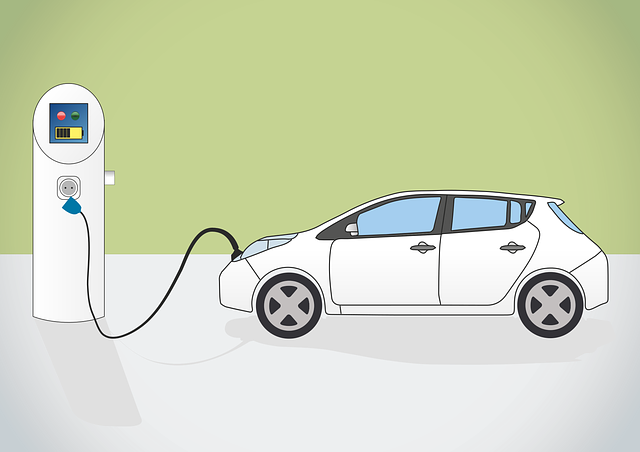The increasing adoption of electric vehicles (EVs) has brought attention to the importance of proper battery management, including recycling at the end of their life cycle. Electric vehicle batteries contain valuable materials such as lithium, cobalt, and nickel, which can be recovered and reused. However, battery recycling poses several challenges that need to be addressed to ensure sustainable and efficient recycling processes. In this article, we will explore the challenges associated with electric vehicle battery recycling and discuss potential solutions.
Challenges in Electric Vehicle Battery Recycling:
Complex Battery Chemistry: Electric vehicle batteries are composed of complex chemistries, making the recycling process more challenging than recycling conventional lead-acid batteries. Lithium-ion batteries, which are commonly used in EVs, have different cathode and anode chemistries, electrolyte compositions, and cell designs. The wide variety of battery chemistries complicates the recycling process, as different techniques may be required to extract and recover valuable materials effectively.

Safety and Environmental Concerns: Electric vehicle batteries can pose safety risks during the recycling process due to their high energy density and the potential for thermal runaway. The presence of hazardous materials, such as flammable electrolytes and toxic chemicals, requires specialized handling and safety precautions. Additionally, improper recycling practices can lead to environmental contamination if toxic materials are not effectively managed and disposed of.
Collection and Logistics: Establishing an efficient and effective collection system for used electric vehicle batteries is crucial for recycling. Currently, there is no standardized collection infrastructure in place, which can result in scattered and inefficient collection processes. Developing a well-organized collection network that involves automakers, battery manufacturers, and recycling facilities is essential to ensure a steady supply of end-of-life batteries for recycling.
Scale and Economies of Scale: As the number of electric vehicles on the road continues to grow, the scale of battery recycling will increase significantly. Scaling up recycling operations requires substantial investments in infrastructure, equipment, and specialized technologies. Achieving economies of scale is essential to make battery recycling economically viable, as it can help reduce the overall costs associated with the recycling process.
Solutions for Electric Vehicle Battery Recycling:
Standardized Battery Design: Promoting standardization in battery design can simplify the recycling process. Developing common battery chemistries, cell designs, and packaging formats would enable more streamlined recycling techniques. Standardization would also facilitate the separation and recovery of valuable materials, making the recycling process more efficient.
Advanced Sorting and Separation Technologies: Investing in research and development of advanced sorting and separation technologies can enhance the efficiency of battery recycling. Technologies such as hydrometallurgical processes, pyrometallurgical methods, and innovative mechanical separation techniques are being developed to optimize the recovery of valuable materials from spent batteries.
Safety Measures and Regulations: Implementing stringent safety measures and regulations is crucial to ensure the safe handling and disposal of electric vehicle batteries. This includes establishing guidelines for battery transportation, storage, and recycling facility operations. Adequate training and certification programs for workers involved in the recycling process can also enhance safety standards.

Collaboration and Industry Initiatives: Collaboration between automakers, battery manufacturers, recycling companies, and government agencies is essential to address the challenges of electric vehicle battery recycling. Joint initiatives and partnerships can foster knowledge sharing, research collaboration, and the development of best practices for efficient and sustainable battery recycling.
Incentives and Extended Producer Responsibility: Governments can play a crucial role in promoting battery recycling by implementing policies and incentives. Extended producer responsibility (EPR) programs can hold automakers and battery manufacturers accountable for the end-of-life management of their products. Financial incentives, tax breaks, and subsidies can encourage the development and expansion of recycling infrastructure.
Research and Development: Continued investment in research and development is necessary to improve battery recycling technologies. Innovations in processes, such as high-efficiency material recovery, advanced separation techniques, and recycling automation, can enhance the economic viability and environmental sustainability of battery recycling.
Conclusion:
Electric vehicle battery recycling is a critical aspect of the transition to a sustainable transportation future. While there are challenges associated with recycling electric vehicle batteries, addressing these challenges through standardized battery design, advanced recycling technologies, safety measures, collaboration, and government incentives can pave the way for efficient and sustainable battery recycling practices. By promoting the circular economy for electric vehicle batteries, we can ensure the responsible management of resources and minimize environmental impacts, making electric vehicles even more environmentally friendly from cradle to grave.

